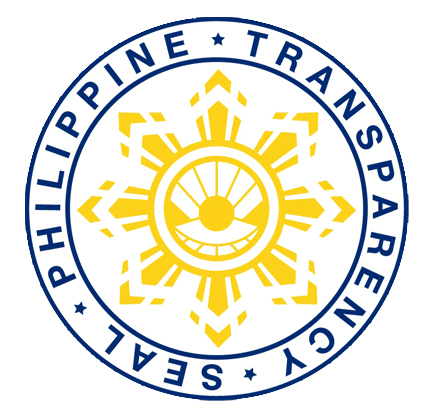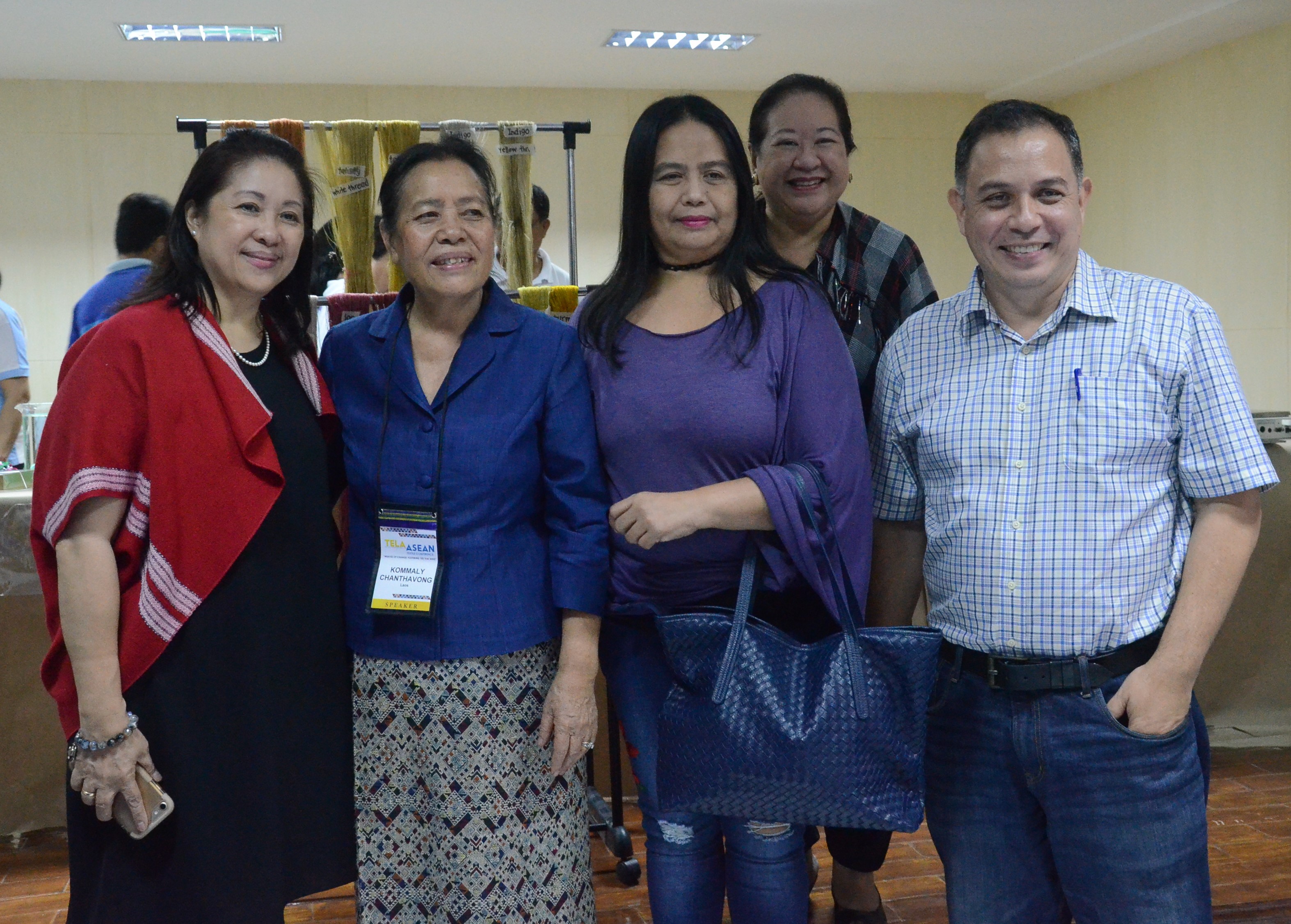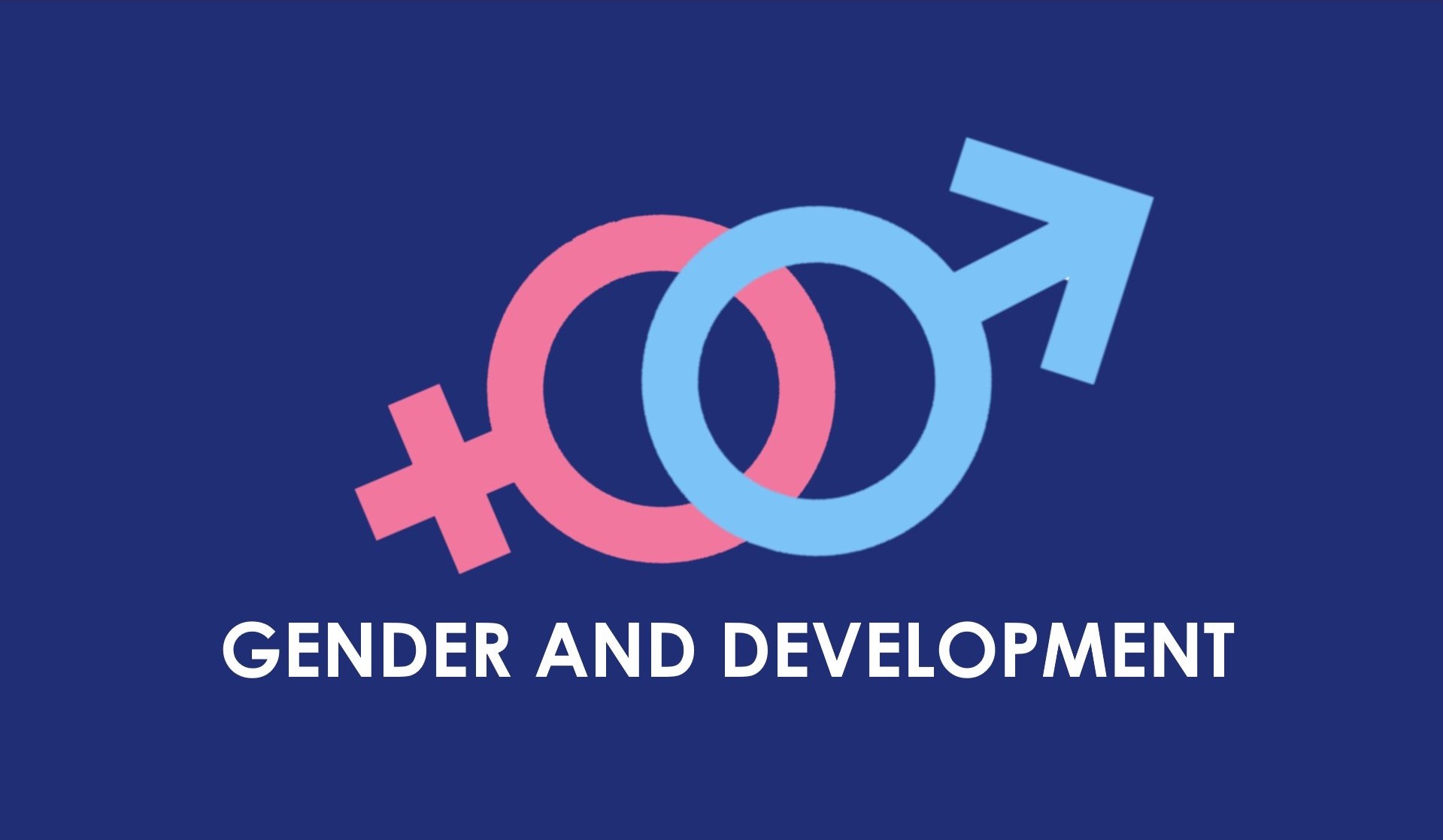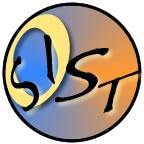DOST Empowers Upland Indigenous Community with Pangasinan's 1st Handloom Weaving Innovation Hub
Sitio Mapita, Brgy. Laoag, Aguilar, Pangasinan — Once reachable only after a half-day trek, Sitio Mapita is now home to Pangasinan’s first Handloom Weaving Innovation Hub. This hub was launched by the Department of Science and Technology – Philippine Textile Research Institute (DOST-PTRI), in partnership with Pangasinan State University (PSU) Lingayen Campus and DOST Region I.
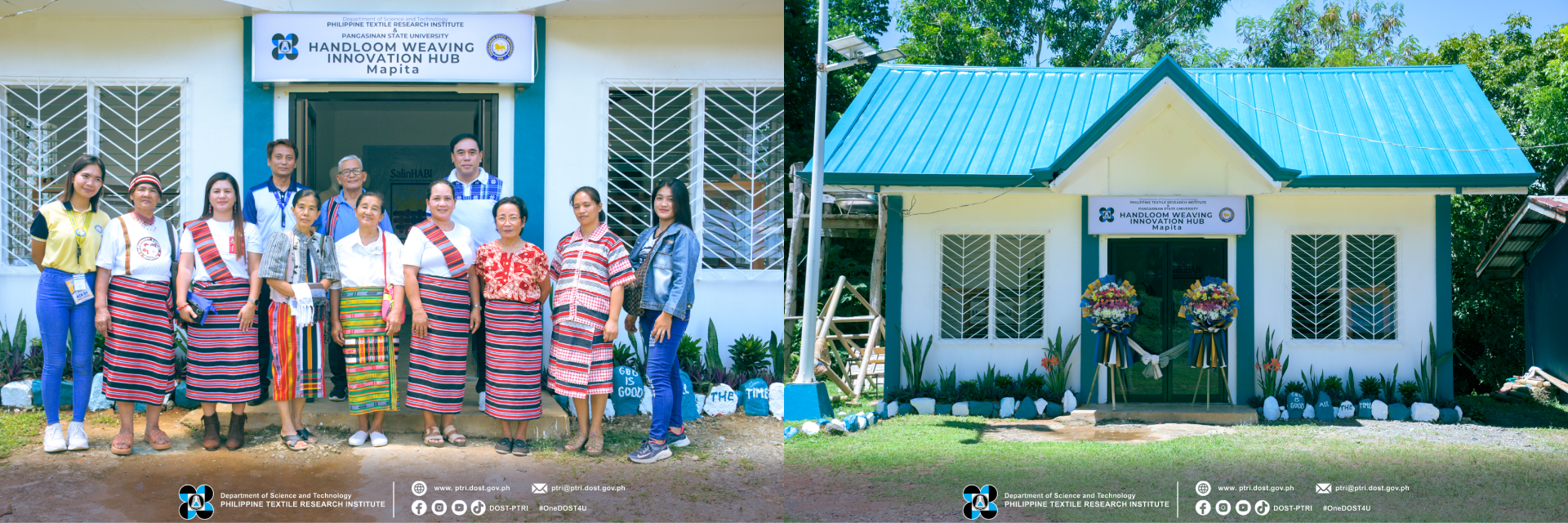 Photos 1 and 2. Handloom Weaving Innovation Hub - Mapita
Photos 1 and 2. Handloom Weaving Innovation Hub - Mapita Located in a highland community far from the city, Sitio Mapita has long been rich in culture but limited by access. With improved roads, the community is now more connected, and ready to transform its heritage of weaving into an innovation-driven livelihood.
 Photos 3 and 4. Weavers from the community demonstrating
Photos 3 and 4. Weavers from the community demonstrating The new innovation hub supports the Mapita Indigenous Peoples Livelihood Association Inc., a group of skilled weavers from the Kankanaey and Ibaloi communities originally from Benguet and La Union. With the establishment of the hub, they aim to position Sitio Mapita as a recognized weaving center in Pangasinan, starting with the production of sablay for use by PSU and future markets.
This initiative is part of DOST-PTRI’s FRONTIER program, which stands for Fostering the Revitalization of Nascent Textile Innovation Ecosystems in the Regions. It is designed to strengthen local textile communities through innovation, research and development, and sustainability.
Central to the hub are four HL Mach 4.0 Modified Handloom Weaving Machines provided by DOST-PTRI. These upgraded looms allow the weavers to produce textiles more efficiently while meeting modern quality standards.
 Photos 5 and 6. HL Mach 4.0 Modified Handloom Weaving Machine developed by DOST-PTRI
Photos 5 and 6. HL Mach 4.0 Modified Handloom Weaving Machine developed by DOST-PTRI  Photos 7 and 8. Weavers during the Basic Handloom Weaving Training conducted before the launch by DOST-PTRI
Photos 7 and 8. Weavers during the Basic Handloom Weaving Training conducted before the launch by DOST-PTRI Prior to the launch of the hub, local weavers participated in basic handloom weaving training conducted by DOST-PTRI. While some already had experience with traditional backstrap looms, they were also introduced to the handloom machine, allowing them to expand their skills and embrace new methods that enhance productivity and textile quality.
“This is not just a hub. It’s a turning point,” said Dr. Julius L. Leaño, Jr., Director IV of DOST-PTRI. “These weavers have shown enthusiasm and adaptability, embracing innovation while preserving their cultural identity. This is how we build a stronger textile industry in Pangasinan.”
 Photos 9 and 10. DOST-PTRI Director Dr. Julius L. Leaño, Jr. during the launch of the hub
Photos 9 and 10. DOST-PTRI Director Dr. Julius L. Leaño, Jr. during the launch of the hub The hub will also serve as a center for research, quality assurance, and integration with other DOST programs that aim to uplift the country’s textile industry. It is designed to be replicable and scalable for other weaving communities across the country.
 Photos 11 and 12. Community Representative Ms. Sippi during her talk [L] and some members of the community during the launch [R]
Photos 11 and 12. Community Representative Ms. Sippi during her talk [L] and some members of the community during the launch [R] “Parang panaginip, but a dream come true,” said Julita B. Sippi, a weaver and community representative. “Though this is just the beginning, we are fully committed. We want people to know that in the mountains of Pangasinan, there is a weaving community that hopes to be recognized.”
 Photo 13. DOST-PTRI, DOST Region 1, PSU, and members of the community during the hub launch
Photo 13. DOST-PTRI, DOST Region 1, PSU, and members of the community during the hub launch With the active support of PSU and the surrounding community, Sitio Mapita is not just preserving tradition. It is weaving a future built on innovation, identity, and inclusive growth.
For more information about Philippine Textiles and DOST-PTRI's programs, technologies, and services, the Institute may be reached through email at This email address is being protected from spambots. You need JavaScript enabled to view it. and its official social media accounts.

